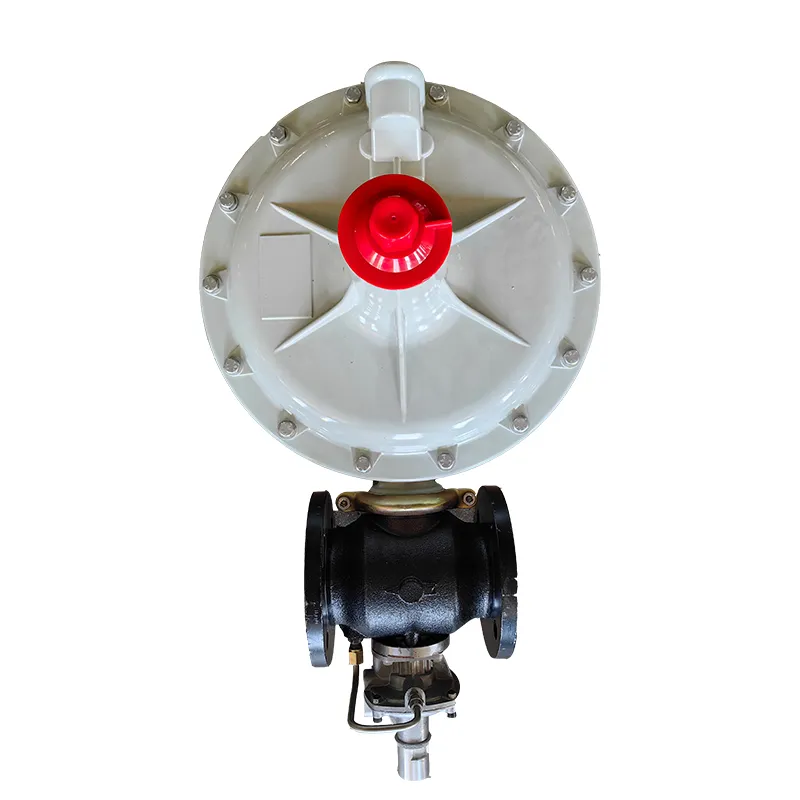
Nov . 23, 2024 09:52
Back to list
صمام أمان الغاز الطبيعي
The Importance of Natural Gas Safety Valves
Natural gas is an essential energy source that powers homes, industries, and vehicles worldwide. With its widespread use, ensuring the safety and reliability of natural gas systems has become a top priority. One of the crucial components in maintaining this safety is the natural gas safety valve, also known as the relief valve or pressure release valve. This article explores the significance of these valves and their role in preventing accidents and ensuring safe gas usage.
Understanding Natural Gas Safety Valves
Natural gas safety valves are designed to control and manage the pressure within gas distribution systems. They automatically release excess pressure that could potentially lead to dangerous situations such as explosions or leaks. These valves act as a safeguard against overwhelming pressure fluctuations that can arise from various factors, including temperature changes, blockages, or system malfunctions.
.
Safety valves are typically installed at strategic points within a gas system, such as near storage tanks, compressors, or at the entrance of pipelines. When the internal pressure exceeds a predetermined limit, the valve opens, allowing gas to escape safely into the atmosphere. This release not only prevents damage to the system but also helps maintain consistent pressure levels necessary for the safe operation of appliances and machinery that rely on natural gas.
صمام أمان الغاز الطبيعي

Preventing Catastrophic Events
The ramifications of a failure to manage pressure within natural gas systems can be catastrophic. Inadequate pressure control can lead to pipeline failures, causing potential explosions that could result in loss of life, environmental damage, and significant economic costs. By employing safety valves, operators can mitigate these risks through effective pressure management, thereby safeguarding both people and property.
Maintenance and Compliance
Regular inspection and maintenance of safety valves are essential to ensure their reliability. Gas companies are required to comply with strict regulations that mandate the testing, maintenance, and replacement of safety valves at set intervals. These regulations help ensure that every valve functions correctly when called upon, thus maintaining a robust safety framework.
Conclusion
In conclusion, natural gas safety valves are vital components in the ecosystem of natural gas usage. They play a critical role in preventing hazardous situations by regulating pressure and ensuring the safe flow of gas. As our reliance on natural gas continues to grow, the importance of these safety mechanisms must not be underestimated. Through proper installation, regular maintenance, and adherence to safety standards, we can ensure that natural gas remains a safe and reliable energy source for all.
Next:
Latest news
-
Safety Valve Spring-Loaded Design Overpressure ProtectionNewsJul.25,2025
-
Precision Voltage Regulator AC5 Accuracy Grade PerformanceNewsJul.25,2025
-
Natural Gas Pressure Regulating Skid Industrial Pipeline ApplicationsNewsJul.25,2025
-
Natural Gas Filter Stainless Steel Mesh Element DesignNewsJul.25,2025
-
Gas Pressure Regulator Valve Direct-Acting Spring-Loaded DesignNewsJul.25,2025
-
Decompression Equipment Multi-Stage Heat Exchange System DesignNewsJul.25,2025

